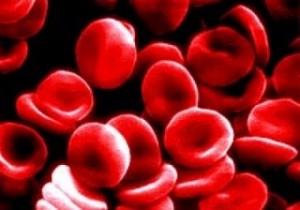Latest reports have suggested that cancer treatments can be personalized with the use of nanosensors, which are make up of custom DNA cells. The research was conducted by scientists of the University of Rome Tor Vergata and UC Santa Barbara. These sensors are used to monitor the growth of stem cells. They can further be used to detect a wide class of proteins, which are mainly responsible for determining the life of cells. They act like control switches for the DNA. According to Alexis Vallee-Belisle, the lead author of the study and a post doctoral researcher at the Department of Chemistry and Biochemistry in USCB, the lifecycle of cells in the hands of a wide number of protein cells. These factors are called transcription factors. These proteins analyze and evaluate the functions of the molecules and send instructions in order to control them function. The author said that the functions of these proteins are similar to that of setting instructions on a phone. The sensors designed by the researchers read the functions of these proteins, thereby gaining the ability to sense of activity in the cellular level. The “settings” are understood by these sensors.

In order to gain control over the functioning of the cell, transcription factors are changed in a process which is known as Cell Reprogramming. This also gives enhanced control over the stem cells. Nanosensors can be used in order to ensure that the functions of the cells are being carried out in the natural manner. Any discrepancy in cell functioning can easily be discovered in the early stages and can also help in suggesting the precise transcription factor responsible for formation of tumor. This will enable doctors to formulate special treatment programs for each patient based on which transcription fact has been activated.
Further, nanosensors can be used to perform a number of functions and can be used to monitor thousands of transcription factors. Recognizing the precise factor that is responsible for cancer can help in treating cancer with a much higher efficiency. The team of researchers also said that the analysis of cells can be a very easy task and can also save a lot of time when nanosensors are used. This saves the trouble of having to distinguish between thousands of transcription factors.
The occurrence of cancer has gone up considerably in the past few years. While new ways of treatments are being researched, this new research is a novel way of monitoring cancer and helping in its treatment.